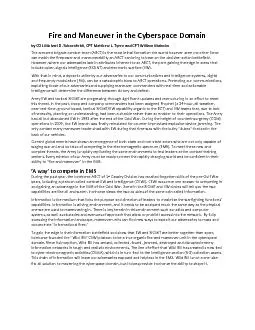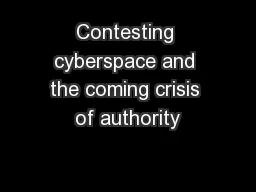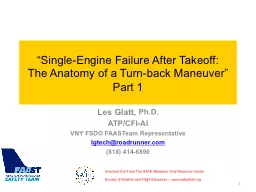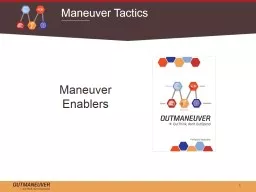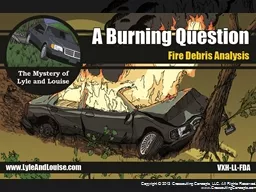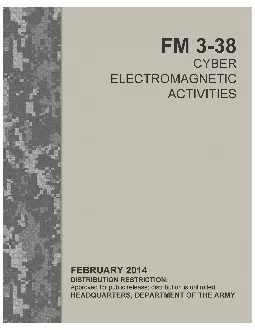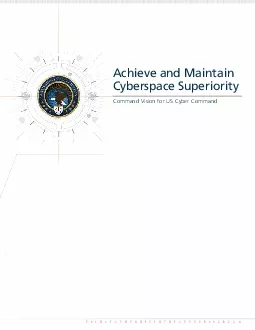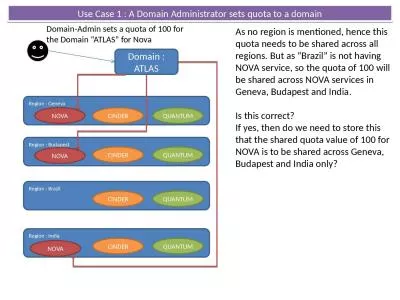PDF-Fire and Maneuver in the Cyberspace Domain
Author : emma | Published Date : 2021-06-06
by COL Michael D Schoenfeldt CPT Matthew L Tyree and CPT William Malcolm The armored brigade combat t eam ABCT is the most lethal formation the world has ever seen n o
Presentation Embed Code
Download Presentation
Download Presentation The PPT/PDF document "Fire and Maneuver in the Cyberspace Doma..." is the property of its rightful owner. Permission is granted to download and print the materials on this website for personal, non-commercial use only, and to display it on your personal computer provided you do not modify the materials and that you retain all copyright notices contained in the materials. By downloading content from our website, you accept the terms of this agreement.
Fire and Maneuver in the Cyberspace Domain: Transcript
Download Rules Of Document
"Fire and Maneuver in the Cyberspace Domain"The content belongs to its owner. You may download and print it for personal use, without modification, and keep all copyright notices. By downloading, you agree to these terms.
Related Documents

